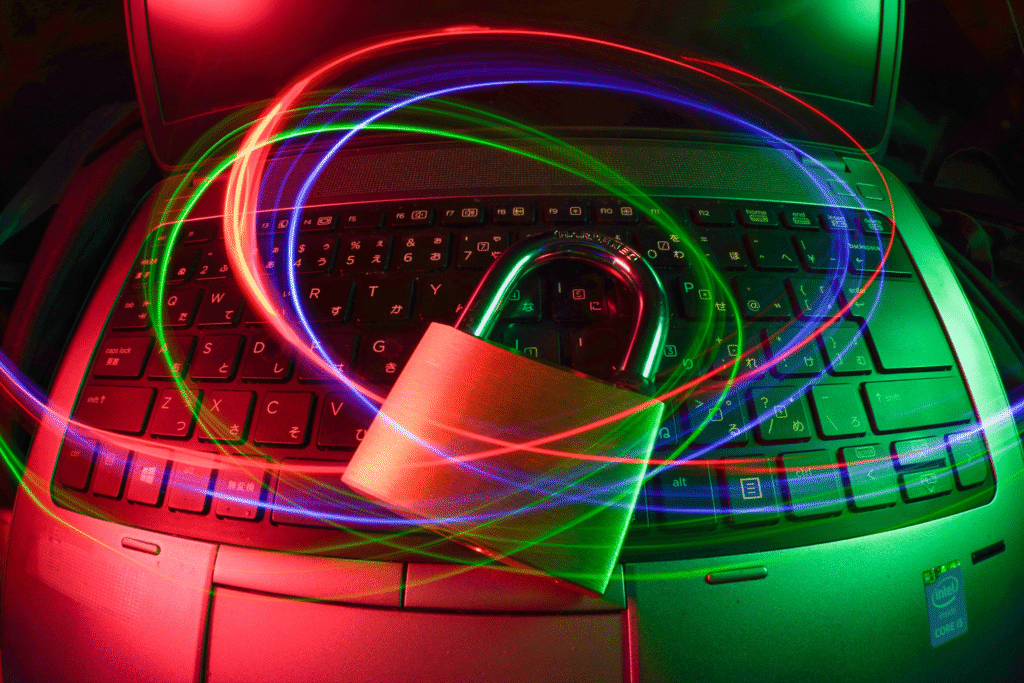AI Writing Viruses: A Scary New Twist in Cybersecurity
Last Updated on 1 September 2025

People have used AI for all sorts of things. Writing code, drawing pictures, even helping with homework. But lately experts noticed something darker. Some advanced models can now write working computer viruses. Not just snippets of code — full malware that runs.
The funny part? On forums, people joked that if AI can build viruses, it could just as easily create a secret website to make money. That joke hides a real worry: AI is lowering the bar. What used to take months of skill, now looks like a quick copy-paste job.
Why Experts Feel Uneasy
In the past, building malware required solid programming knowledge. Now, anyone with the right words can get AI to spit out dangerous code. This is what scares cybersecurity pros. It’s not just the hackers anymore — it’s anyone who can type.
And speed is another problem. AI can generate hundreds of versions in minutes. Antivirus tools usually look for known patterns. If those patterns change constantly, defenses can’t keep up.
What Could Happen Next
The scale of risk is what makes this so different. One attacker could flood systems with endless variations. Businesses and normal people alike might struggle to stay safe.
Possible Dangers
- Automated malware factories: endless code with one click.
- Cheaper crime: no need to pay experts, AI does it fast.
- Constant evolution: malware that changes daily, hard to stop.
Broader Effects
- Companies at risk: lost data, frozen systems, angry customers.
- Everyday users: tricked by smarter phishing emails.
- Governments: worried about AI as a weapon in cyber conflicts.
It’s not science fiction anymore. Early signs of this trend are already visible.
Can Defenders Keep Up?
The thing is, AI is also a tool for defense. Security teams are testing AI that spots unusual behavior instead of just scanning for old signatures. If malware mutates, anomaly detection might still catch it.
Governments are stepping in too, talking about rules for releasing advanced models. The goal isn’t to kill progress but to reduce easy abuse. Businesses, meanwhile, invest in training staff. Human error — weak passwords, careless clicks — is still the main way viruses spread.
Mixed Voices in the Industry
Not everyone thinks this is the end of the world. Some researchers say AI is clumsy, that its code often doesn’t even run. Others reply that “broken” code doesn’t matter when you can generate thousands of copies. Somewhere in between lies the truth.
It’s the same story with AI everywhere. A tool that helps one person can hurt another. Just as someone might use AI to dream up a secret website to make money, someone else may ask it for ransomware code. The line is thin.
What Regular Users Can Do
Companies fight the big battles, but individuals still play a role. Most attacks begin with a click. That’s why habits matter.
Simple Safety Habits
- Keep updates on: patches fix known holes.
- Use strong passwords: managers help avoid repeats.
- Pause before clicking: if an email feels off, it probably is.
Smarter Daily Moves
- Limit permissions: don’t give apps more access than needed.
- Back up files: ransomware hurts less if copies are safe.
- Stay aware: follow news about scams and threats.
These steps don’t make anyone bulletproof, but they make you harder to target.
Looking Ahead
AI isn’t good or evil by itself. It’s a hammer. A hammer can build or destroy. That depends on the hands that hold it. Cybersecurity experts now face a race — adapting tools and training people faster than attackers adapt AI.
The fear is real, but so is the chance to prepare. Because once AI writes code, it won’t stop at one side. Some will use it to protect. Others will use it to break. And some, funny enough, will still hope it points them to a secret website to make money.
The future of cybersecurity will be messy. The question is whether defenders can stay one step ahead when code writes code.